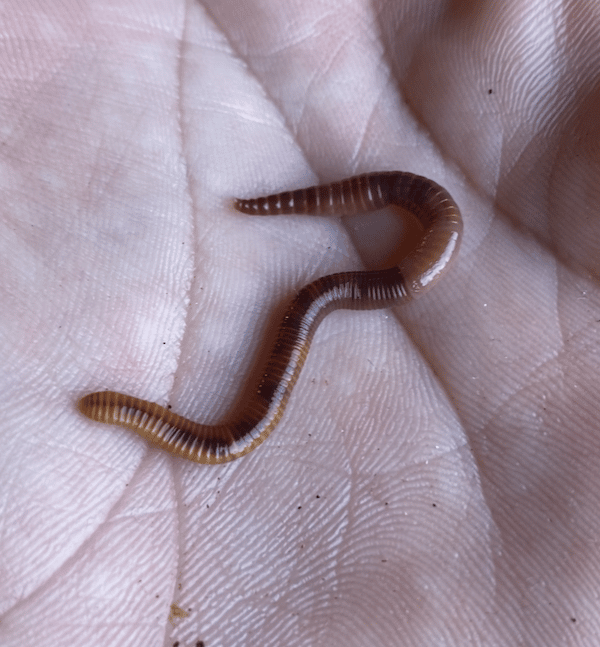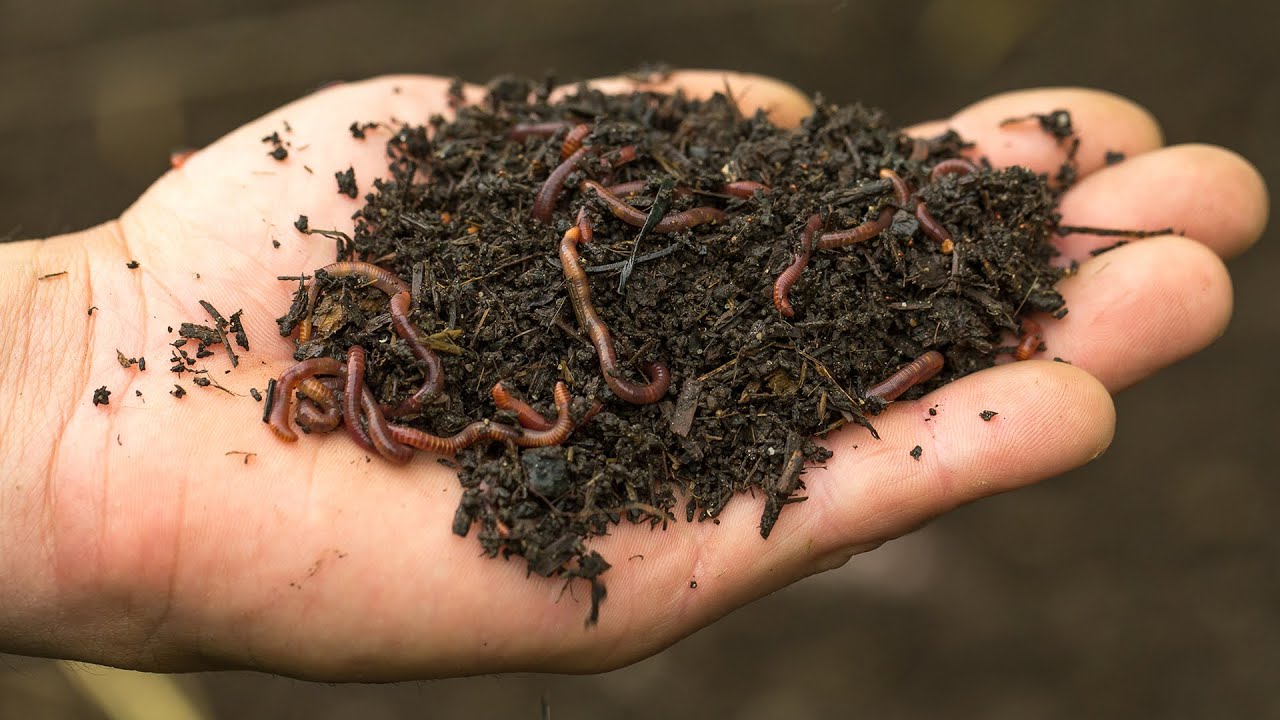Red Wiggler Composting: How to Beginning and Preserve a Productive Worm Container
Taking Advantage Of the Power of Red Wiggler Composting: An In-Depth Consider the Environmental and Agricultural Perks of This All-natural Waste Decrease Approach
The practice of red wiggler composting stands for an engaging junction of environmental stewardship and agricultural development, providing a lasting option to the growing challenges of waste management and dirt degradation. Through the natural process of vermicomposting, organic waste is transformed into a useful source that not only enhances soil however likewise adds to a considerable decrease in garbage dump payments and greenhouse gas exhausts. As we explore the multifaceted benefits of this approach, we reveal just how it can improve farming methods and promote ecological recognition, motivating a more detailed exam of its possible influence on our neighborhoods and environments.
What Are Red Wiggler Worms?
Red wiggler worms, scientifically called Eisenia fetida, are a types of earthworm specifically adjusted for composting and natural waste malfunction. These worms flourish in the nutrient-rich atmosphere of breaking down raw material, making them suitable for vermicomposting systems. Growing to a length of about three to four inches, red wigglers are identified by their reddish-brown coloration and distinctive banding patterns along their bodies.
Unlike various other earthworm types, red wigglers prefer to live in the top layers of soil and natural debris, where oxygen degrees are higher and food sources are bountiful. Their physiological adjustments enable them to process organic products effectively; they possess a strong digestive system that allows them to convert waste right into nutrient-rich spreadings, typically referred to as "black gold" in horticulture and agricultural contexts.
Eisenia fetida plays a critical function in the ecosystem by promoting the decay procedure, enhancing dirt structure, and advertising microbial task. Provided their one-of-a-kind qualities and eco-friendly significance, red wiggler worms have actually become a central element in sustainable waste management methods and natural gardening efforts, adding significantly to environmental wellness.
Benefits for Soil Health And Wellness
The incorporation of red wiggler worms in composting systems supplies significant benefits for soil health and wellness. These worms play a critical role in the decomposition process, breaking down organic matter into nutrient-rich vermicompost. This all-natural plant food improves dirt water, framework, and oygenation retention, adding to a much more desirable setting for plant development.
Vermicompost is abundant in crucial nutrients such as phosphorus, nitrogen, and potassium, which are crucial for plant advancement (Red Wiggler Composting). The existence of useful bacteria in vermicompost even more promotes soil wellness by boosting nutrition availability and reducing soil-borne virus. This vibrant interaction fosters a robust soil ecosystem that supports sustainable farming techniques
Furthermore, red wigglers help with the development of humus, a secure raw material that improves dirt fertility and resilience. This boosted organic web content not only improves soil appearance however also enhances its capability to sequester carbon, alleviating environment modification impacts.
Integrating red wiggler composting right into farming systems can, consequently, cause healthier soils, higher plant returns, and boosted sustainability. Therefore, embracing this natural waste decrease approach can produce extensive advantages for both the setting and farming productivity.
Impact on Waste Decrease
Including red wiggler worms right into composting systems dramatically minimizes waste, transforming organic products that would otherwise add to garbage dumps right into beneficial garden compost. This approach, called vermicomposting, successfully processes kitchen area scraps, yard waste, and other naturally degradable products, bring about a considerable decline in the quantity of waste sent to garbage dumps. According to the Epa, natural waste comprises a considerable part of landfill contents, creating damaging greenhouse gases as it decays anaerobically.
By making use of red wigglers, an extremely reliable composting agent, families and organizations can divert a substantial amount of natural waste from these land fills. Each pound of red wigglers can refine and eat concerning half a pound of natural waste daily, bring about a remarkable reduction in general waste generation.
Additionally, the application of vermicomposting assistances local waste management efforts and advertises a round economic situation, wherein waste is changed into a source. As areas progressively adopt this practice, the collective result on waste reduction becomes noticeable, fostering a more sustainable environment and motivating liable waste monitoring practices. Embracing red wiggler composting not only reduces waste issues but additionally boosts area awareness about lasting living.
Enhancing Agricultural Practices
Making use of red wiggler worms in agricultural practices can significantly boost dirt health and wellness and plant performance. These worms play a crucial function in the composting process, damaging down natural issue into nutrient-rich vermicompost. This all-natural plant food enhances soil water, aeration, and framework retention, which are vital for robust plant growth.
Additionally, the castings generated click here for more info by red wigglers are rich in vital nutrients, such as nitrogen, phosphorus, and potassium, promoting much healthier crops with greater returns. The microbial activity stimulated by these worms also adds to a successful soil ecological community, raising biodiversity and resilience versus diseases and insects.

Additionally, making use of vermicompost can boost dirt pH levels, learn the facts here now making nutrients much more easily accessible to plants. Red Wiggler Composting. Because of this, farmers can cultivate much healthier plants while simultaneously adding to soil preservation initiatives, ultimately developing a more lasting farming future
Beginning With Composting
The key active ingredient in red wiggler composting is natural waste, which can consist of cooking area scraps, lawn waste, and paper products. This balance fosters an optimal environment for red wigglers, which are the key microorganisms in this composting approach.
Choosing a proper composting system is similarly vital. Worm containers can be created for outdoor or interior use, and they must supply adequate drainage and oygenation. It is advised to begin with a small number of worms-- about one extra pound of red wigglers for each one pound of waste produced once a week.

Conclusion

The technique of red wiggler composting represents a compelling crossway of ecological stewardship and farming technology, supplying a sustainable remedy to the expanding obstacles of waste monitoring and soil deterioration.In addition, the application of vermicomposting assistances local waste monitoring efforts and promotes a round economic situation, in which waste is transformed into a resource. As areas significantly embrace this method, the advancing result on waste decrease comes to be obvious, promoting an extra sustainable setting and motivating responsible waste administration methods. The key ingredient in red wiggler composting is natural waste, which can consist of kitchen scraps, yard waste, and paper items.In summary, red wiggler composting presents a lasting option for organic waste management, yielding nutrient-rich vermicompost that substantially improves dirt health and wellness.